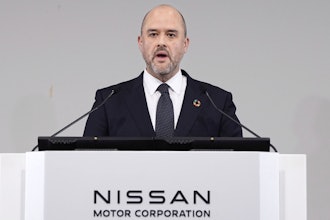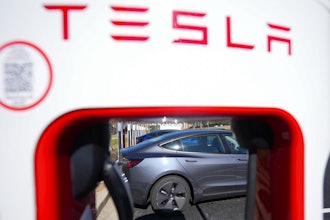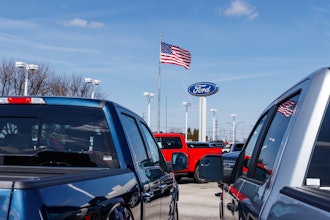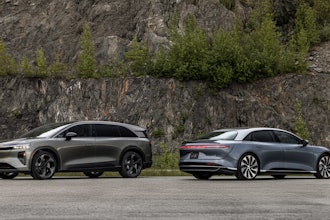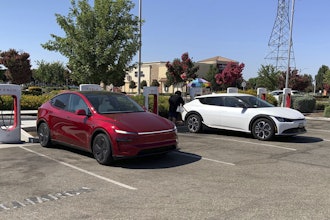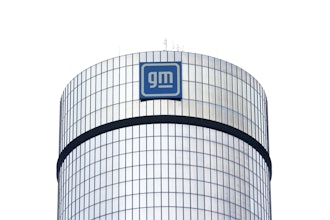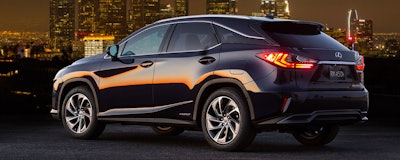
According to the recently released J.D. Power 2017 U.S. Vehicle Dependability Study (VDS), while consumers look to luxury brands for the latest in safety and technology innovations, long-term quality isn’t exclusive to luxury autos.
“We find buyers are increasingly avoiding models with poor reputations for dependability, so manufacturers can’t afford to let quality slip, particularly on their best sellers” said Dave Sargent, vice president, global automotive at J.D. Power, in a statement. “While many expensive and niche vehicles do have excellent quality, the fact is that most consumers are shopping in the high-volume mainstream segments. The good news is that you don’t have to spend a lot of money to get a very dependable vehicle.”
Now in its 28th year, the VDS examines problems experienced over the last 12 months by original owners of 3-year-old vehicles. Overall dependability is determined by looking at the number of problems experienced per 100 vehicles, with a lower score reflecting higher quality. The 2017 study examines cars, trucks, minivans and SUVs from the 2014 model year and covers 177 specific problems grouped into eight major vehicle categories:
- Exterior
- Engine/Transmission
- Audio/Communication/Entertainment/Navigation (ACEN)
- Interior
- The Driving Experience
- Features/Controls/Displays (FCD)
- Heating/Ventilation/Air Conditioning (HVAC)
- Seats
According to the report, the industry average is up 4 PP100 from 2016 to 156 PP100 making it the second consecutive increase in overall PP100. The increase is largely due to reported problems in the Audio/Communication/Entertainment/Navigation (ACEN) category including problems with Bluetooth pairing and connectivity and Built-in voice recognition misinterpreting commands. The category remains the most problematic, accounting for 22 percent of all problems reported — an increase of 2 percent from the previous year.
In addition to technology trouble, complaints about battery failures jumped by 44 percent compared with the year before. Batteries were the most frequently replaced part not related to normal wear, at 6.1 percent — up 1.3 percentage points from 2016.
Here are the rankings, the problems per 100 vehicles and the number of places each brand rose or fell from the 2016 study:
1. (tie) Lexus, 110 (0); Porsche, 110 (+1)
2. Toyota, 123 (+1)
3. Buick, 126 (-1)
4. Mercedes-Benz, 131 (+6)
5. Hyundai, 133 (+12)
6. BMW, 139 (+6)
7. Chevrolet, 142 (-2)
8. Honda, 143 (-2)
9. Jaguar, 144 (not ranked in 2016)
10. Kia, 148 (+5)
11. (tie) Lincoln, 150 (-3); Mini, 150 (+5)
12. GMC, 151 (-9)
13. Cadillac, 152 (-1)
14. Audi, 153 (-6)
15. Volvo, 154 (-2)
16. Chrysler, 159 (+3)
17. Subaru, 164 (+3)
18. Volkswagen, 164 (+4)
19. Mazda, 166 (-1)
20. Acura, 167 (-14)
21. Nissan, 170 (+3)
22. Land Rover, 178 (+4)
23. Mitsubishi, 182 (-6)
24. (tie) Ford, 183 (+4); Ram, 183 (-18)
25. Dodge, 187 (+3)
26. Infiniti, 203 (-17)
27. Jeep, 209 (-3)
28. Fiat, 298 (-6)
2017 Vehicle Dependability Study by Category:
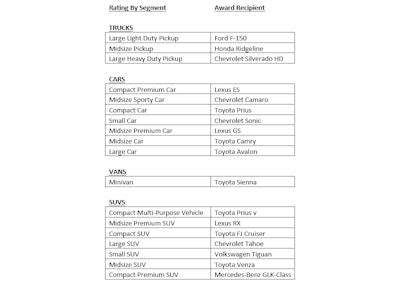
Check out the rating given for each of the 'winners' in the chart here.
About the Study
The 2017 U.S. Vehicle Dependability Study is based on responses from 35,186 original owners of vehicles from the 2014 model year, after 3 years of ownership. The study was fielded from October through December 2016.













